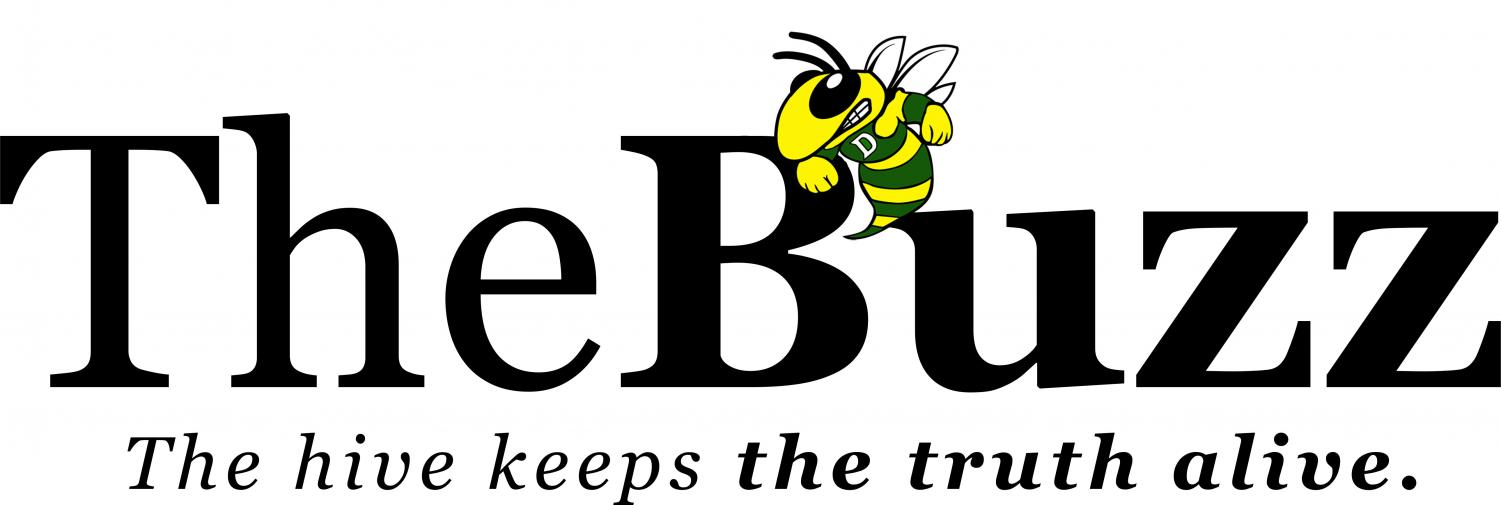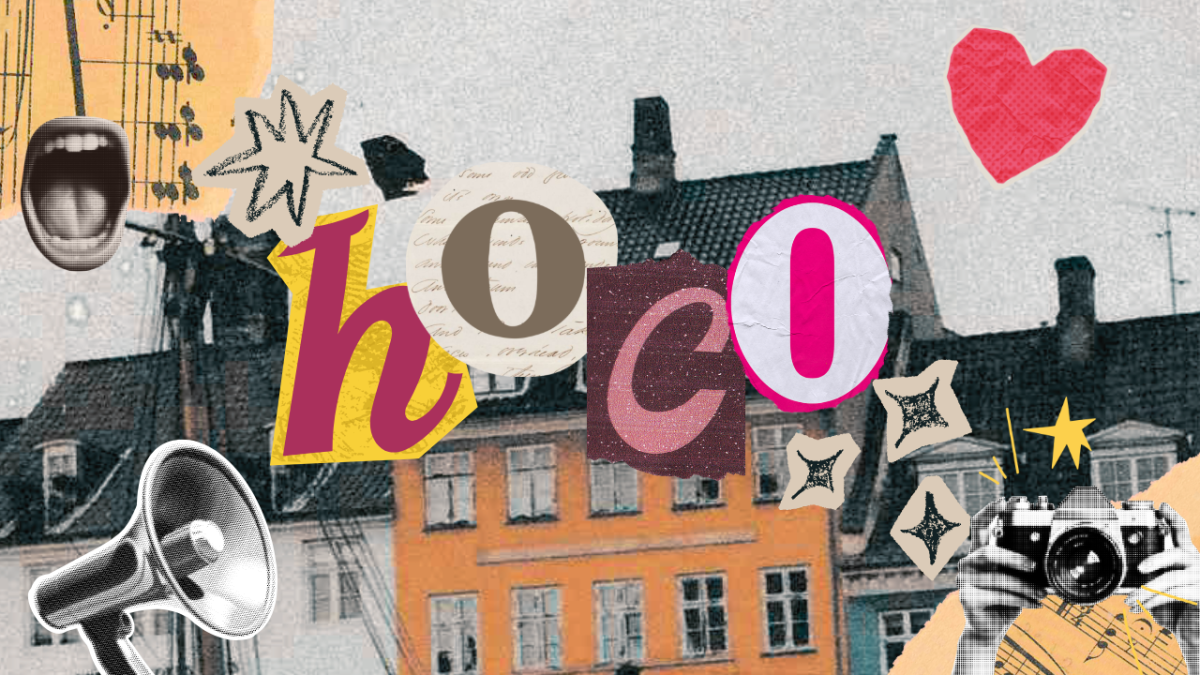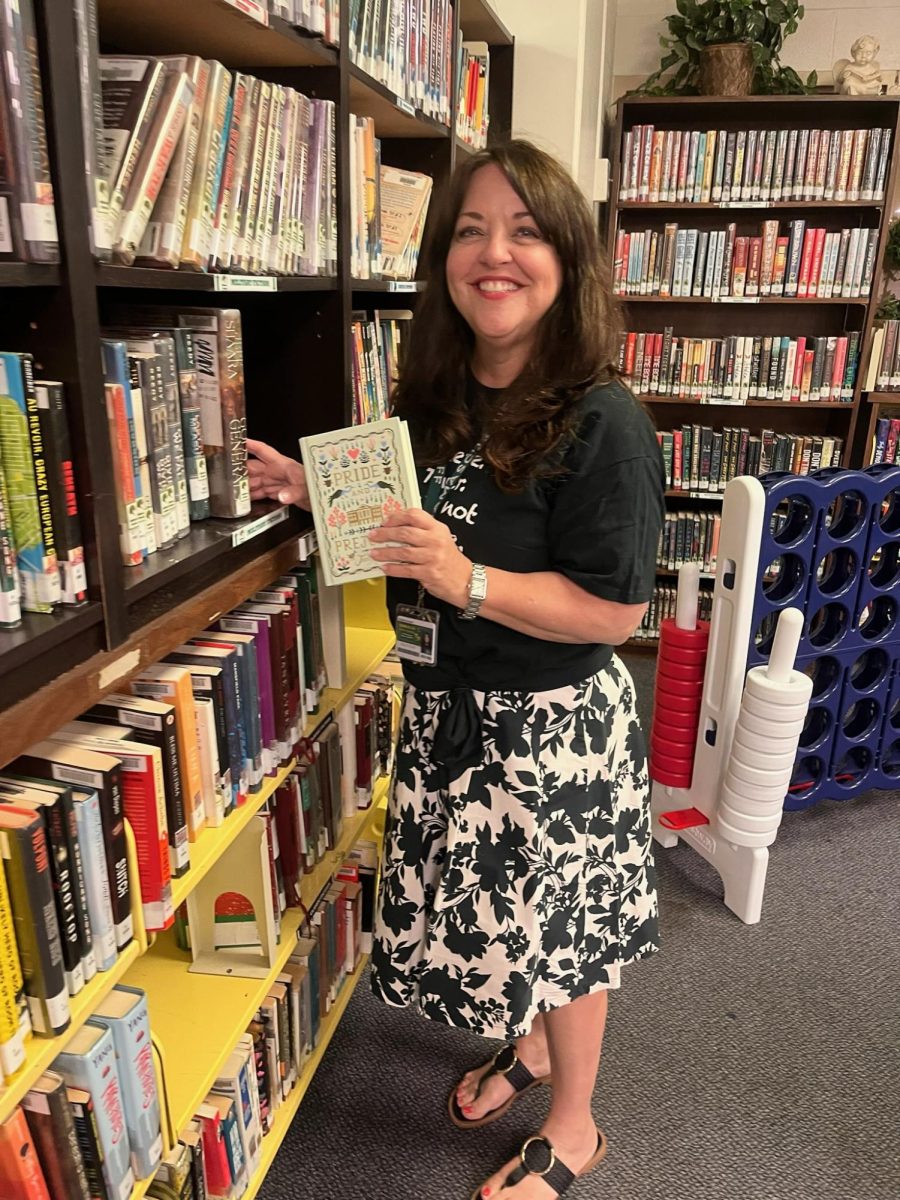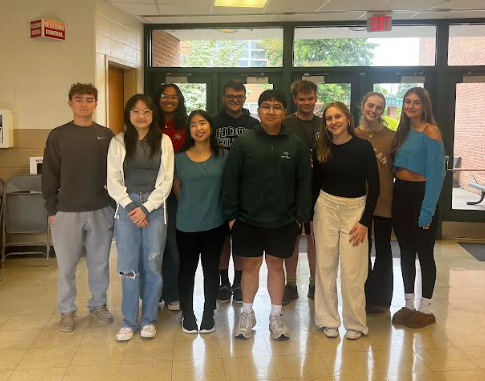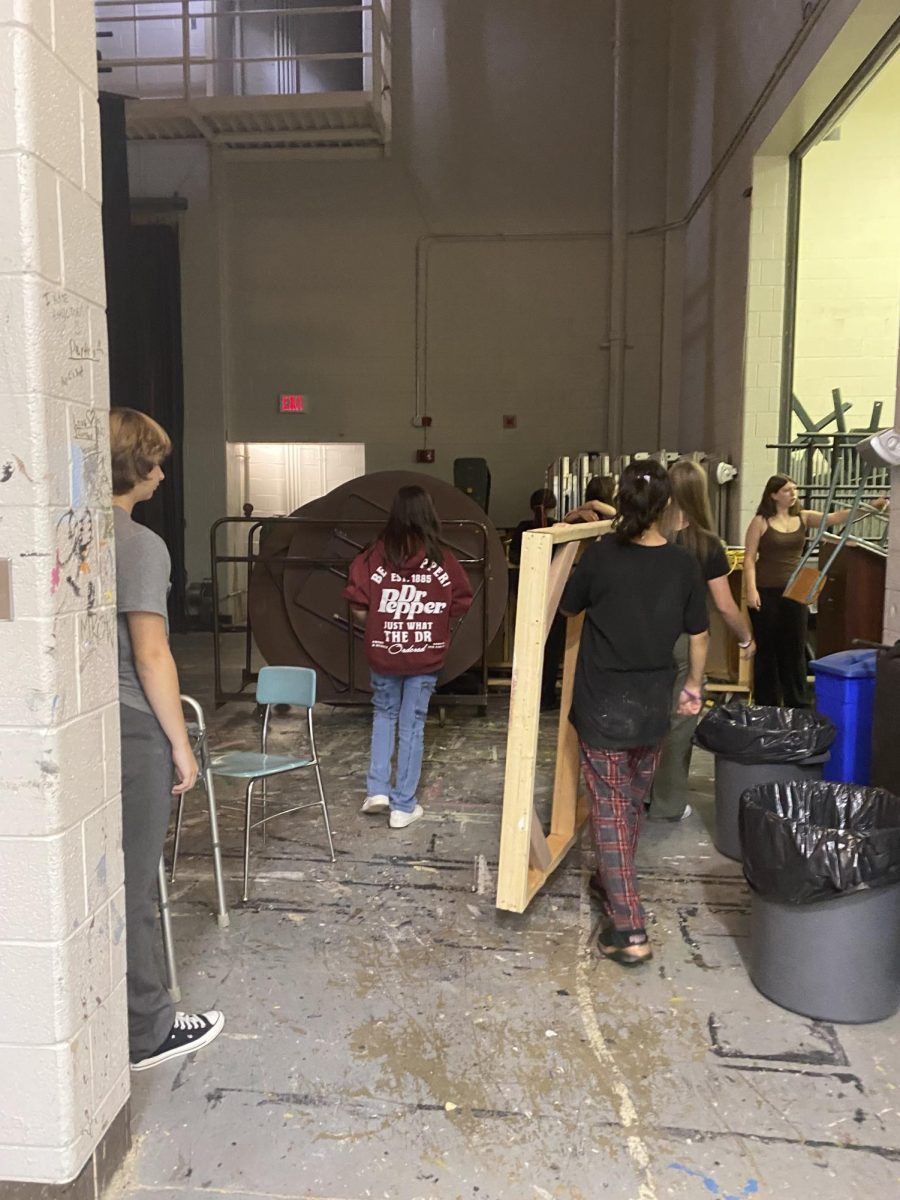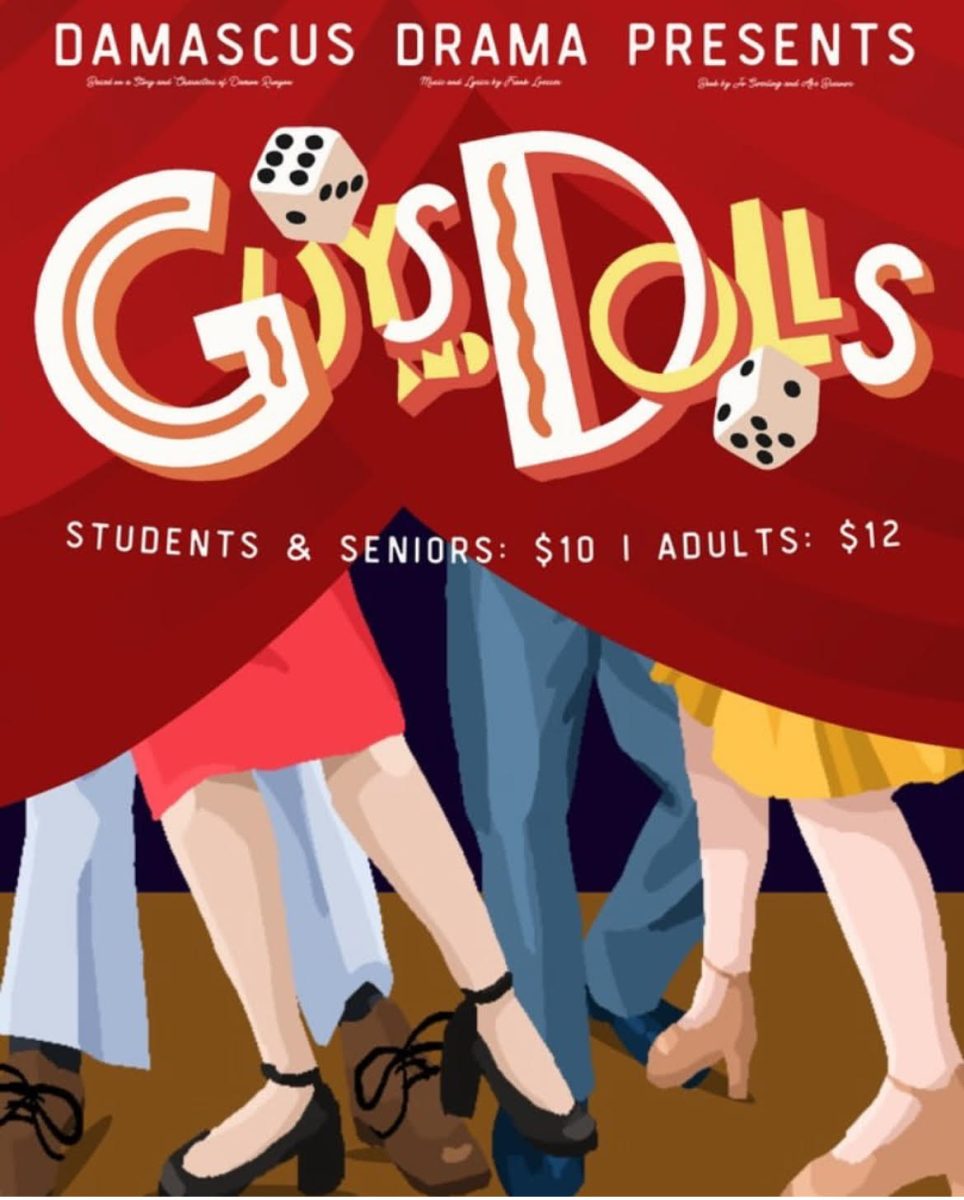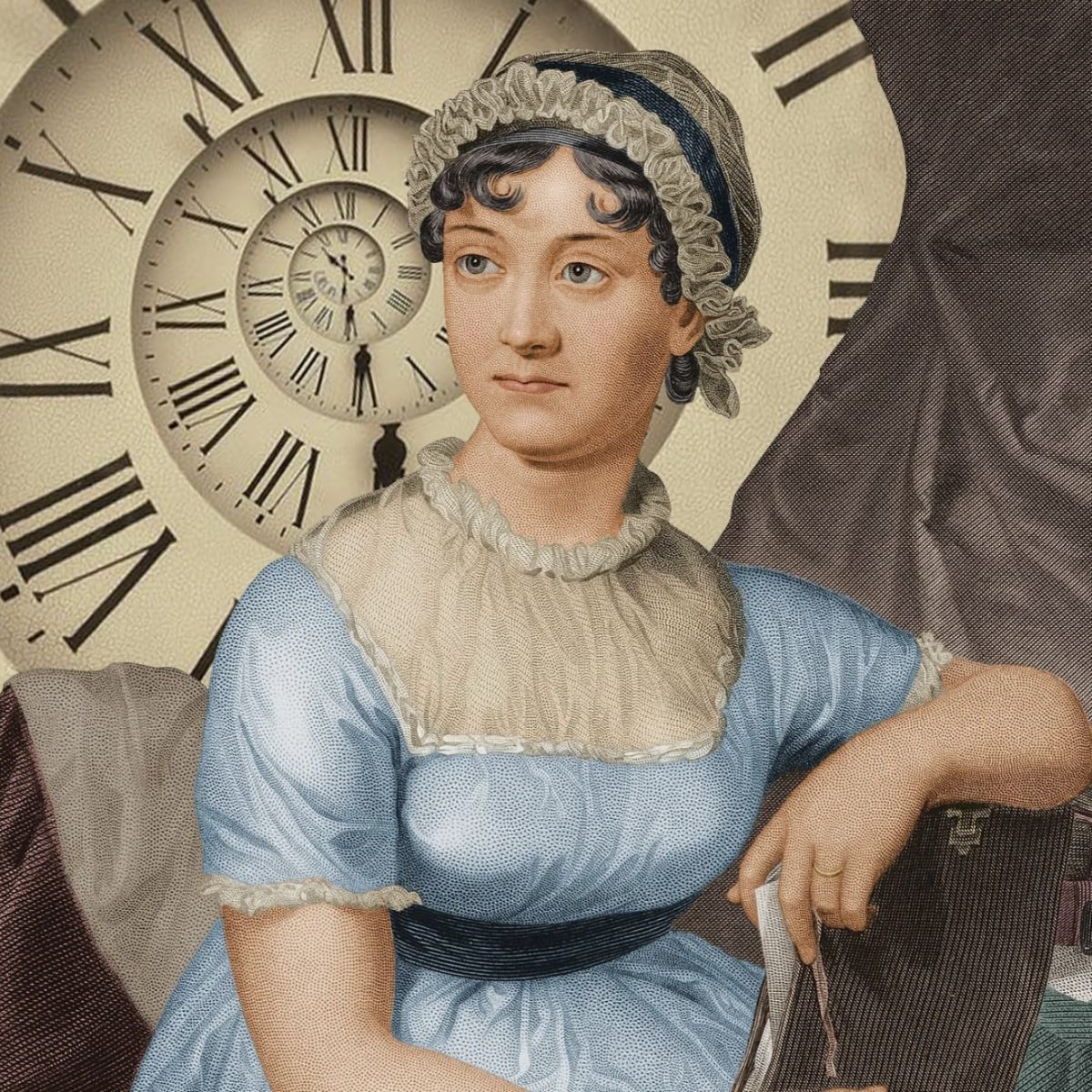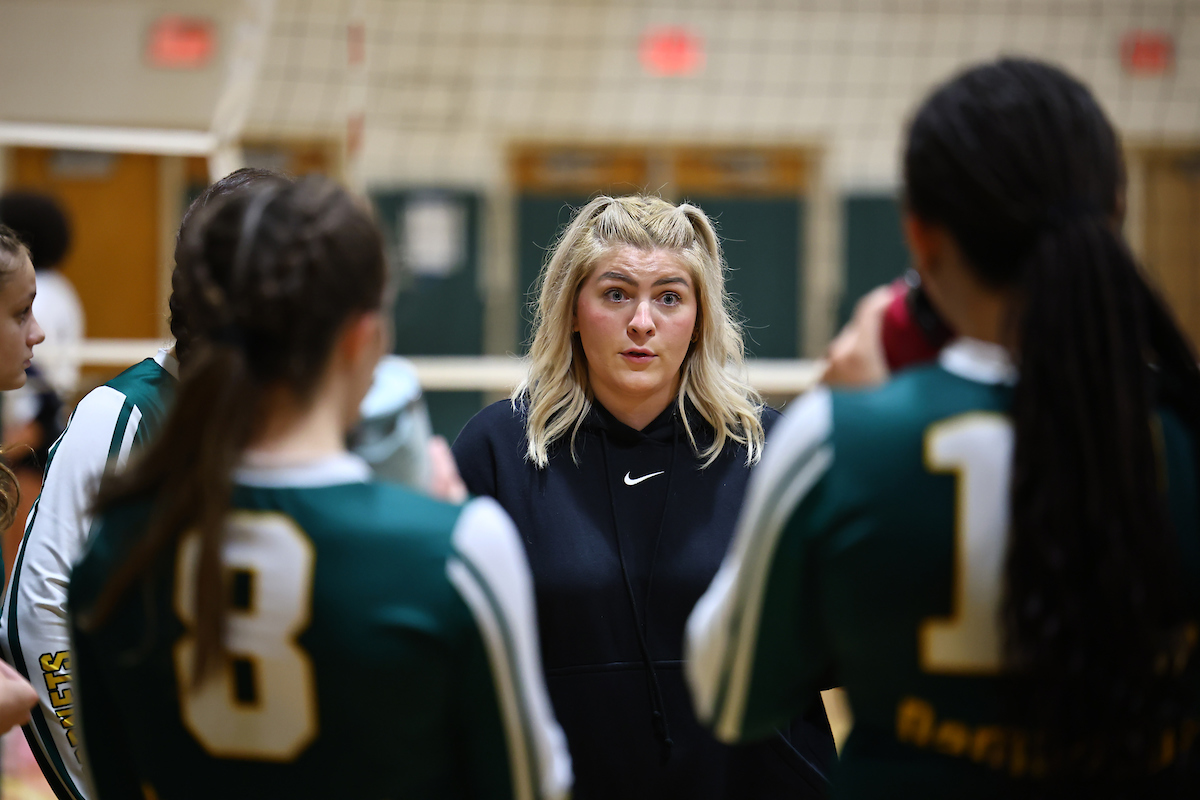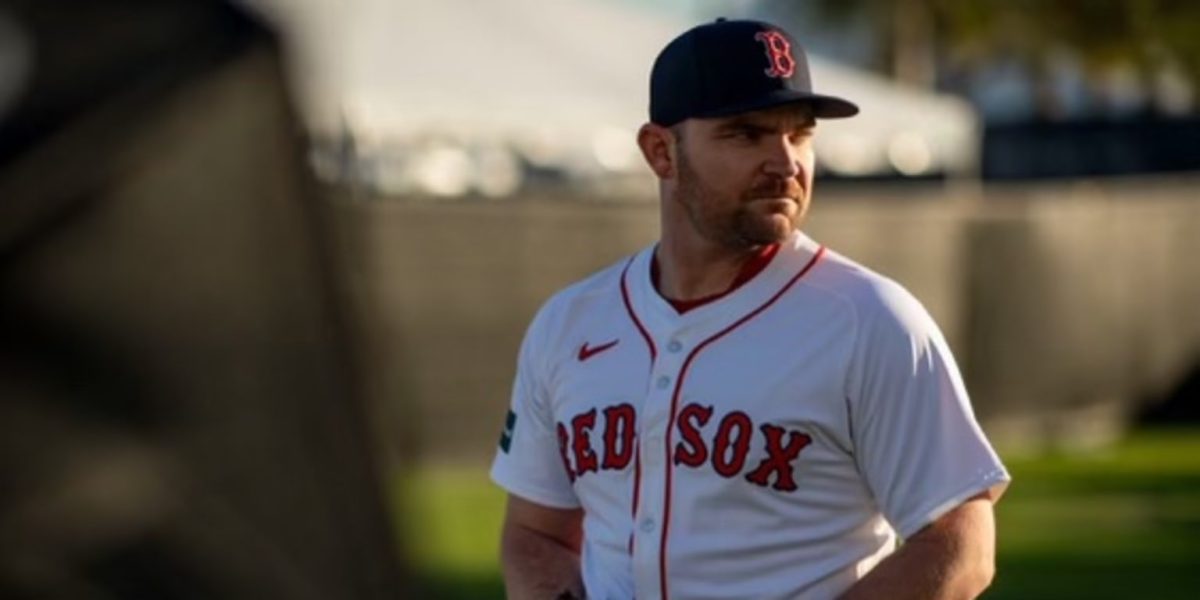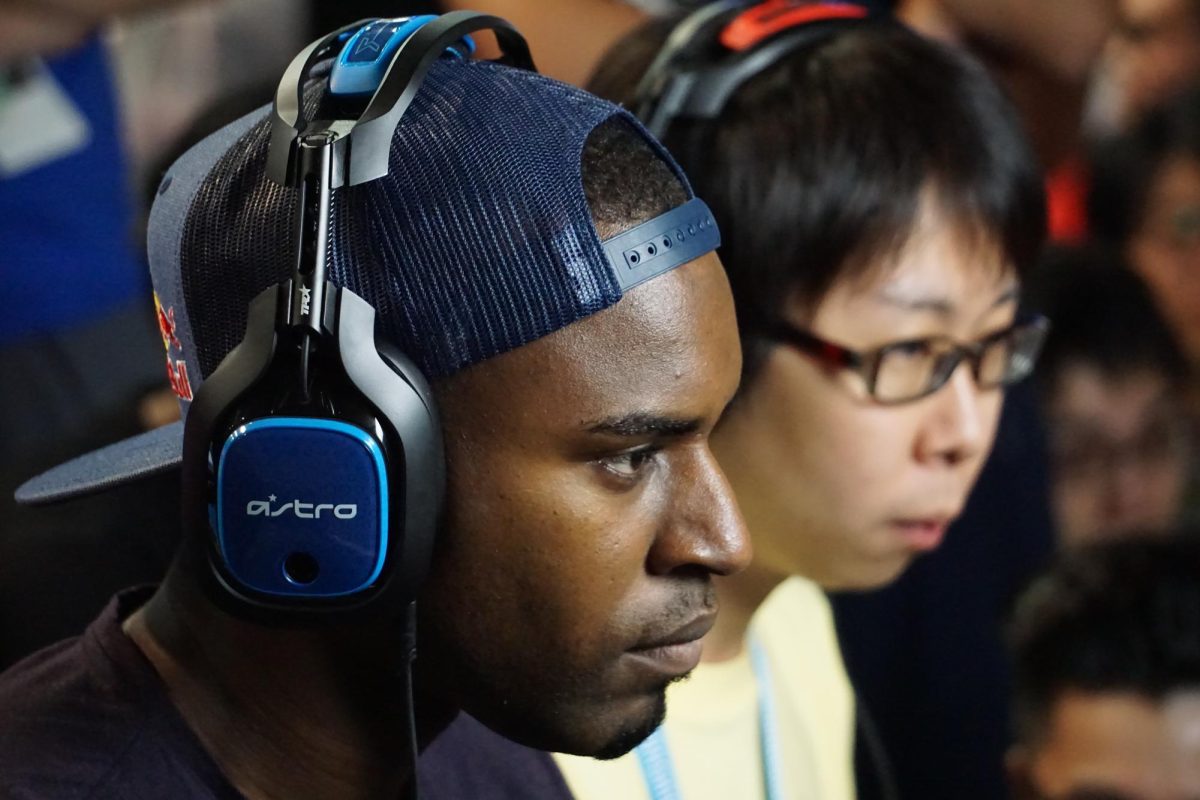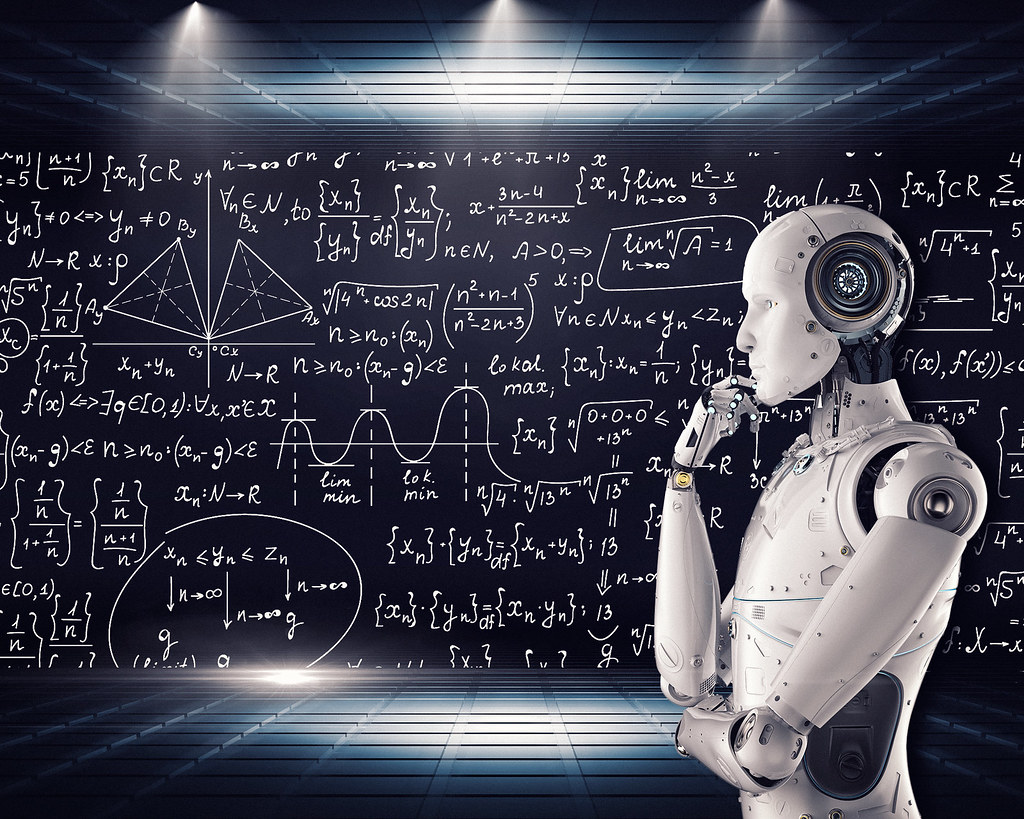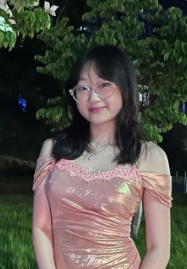In its infancy, generative AI (artificial intelligence) has been a laughingstock, with many internet users noting how absurd and abstract these generated images have been. You may have seen such images and videos, one notable example being an AI-generated video of actor Will Smith consuming spaghetti. The footage is very clearly AI-generated, with messy blobs of color, unclear proportions, and uncanny, blurry movements. Fast forward to a few years, and AI image generation has advanced so much that most people have difficulty differentiating between AI and real images. Recent AI-generated videos have emerged of realistic images of Will Smith eating spaghetti. As AI improves, these videos may soon be indistinguishable from real life. Recreational use of AI can be harmful and bring us to a point we may not be able to return from.
Impact on artists:
Art takes a lot of effort. To learn art is to go through years of trial and error to find a style and way of creating that results in a piece that an artist can feel proud of. It takes much effort to learn basic art principles and apply these concepts accurately to one’s art. AI image generators, specifically for art, “rely on databases of already existing art,” according to Joseph Wakelee-Lynch in LMU Magazine. Images online are taken without consent and used as data, which can be used to create a new image based on a prompt created by a user. Selwa Sweidan of the LMU College of Communication and Fine Arts, states that “if millions of artists’ works are being unknowingly and/or unwantedly used to enable (to train) AI systems so far it seems to happen wholly without the artists’ consent, and without their benefit.” To put it shortly, AI steals art from artists who have spent years perfecting their craft and trying to create a piece that means a lot to them just for a machine to spit something a soulless imitation in a few minutes without regard to the hard work and emotion put behind the artist’s original work. However, AI can be used positively in the art world to catalog or research art, interpret market developments, and assess the value of artworks more accurately, according to Pearl Lam of Forbes. According to Damascus Senior Lilly Tran, “I just think it takes the soul out of anything and regurgitates it all into mash. It doesn’t have a soul anymore. It just steals and takes..it can be useful for inspiration but taking it using it or claiming it as your own…I don’t like it. It takes the hard work of artists who take decades to perfect their art style. AI takes this hard work and regurgitates it into a Frankenstein mishmash of a product. It’s insulting to artists.” Another Damascus Senior, Khushi Kapoor, highlights that AI affects not only visual artists but also artists in the movie industry and animation industry. She states, “It’s taking away jobs from artists, for example, Coca-Cola has made an entire commercial out of AI. Disney is condoning AI since they are one of the leading companies creating 2d animation, it was their big thing, and now they’re using AI. This affects musicians, voice actors, etc. They can replicate actors’ faces, and voices, and have shows continue for years and years. This is why the SAG-AFTRA wanted protections against AI.” Kapoor focuses on Disney, noting that “Disney has generated art and tried to sell it. Their entire image is in animation and yet, they still use AI image generation. If someone is using it for inspiration, as for inspiration, it may be helpful for art. It should be used as a tool to inspire creativity, not be used to make stuff.” When asked about whether the government would prioritize and place more laws on restricting AI image generation, Kapoor states that she doesn’t believe so, because “for our current house and Senate, their concern is not about AI. It should be a concern.” Tran backs up Kapoor’s thought, adding that she doesn’t “think so for a long time. Until it becomes an actual threat [to the government], it’s not on their list of priorities. They just don’t care about it, unfortunately.”
Legal Impact:
AI images can pose a legal threat as well. According to the National Security Law Firm, deepfakes, “AI-generated images or videos that use deep learning techniques to manipulate or superimpose an existing image or video onto another, creating hyper-realistic but fabricated content,” and other uses of AI image generation can “[spread] misinformation, [impersonate] individuals, or [violate] intellectual property rights.” Furthermore, AI is now advanced enough to be able to clone one’s voice, perfecting a person’s exact tone, pitch, and accent. The National Security Law Firm highlights what legal concerns AI misuse has; defamation and damage to reputation, as they can create reputation harm due to false content of illegal, immoral, or unethical behavior, privacy violations, which can occur in cases of non-consensual pornography, intellectual property infringement, in which AI images can use other styles and characters without permission, and fraud and identity theft, in which AI can impersonate a person’s likeness for malicious purposes.
Impact on the environment:
AI definitely has an impact on the environment as well, not just humans. AI can be used to monitor the environment and help “governments, businesses and individuals make more planet-friendly choices,” according to the United Nations Environment Programme (UNEP). The UNEP themselves have used AI to detect methane in oil and gas installations. This way of using AI could help humans find creative ways or more efficient ways to ease the effects of climate change and waste. However, AI has a massive negative impact on the environment, fueled by how much material it takes to generate data. The UNEP states that “most large-scale AI deployments are housed in data centers, including those operated by cloud service providers…the electronics they house rely on a staggering amount of grist: making a 2 kg computer requires 800 kg of raw materials.” The data centers can also produce hazardous substances from electronic waste. There is also a problem with how AI consumes water. Data centers use water to construct and cool electrical components and “may soon consume six times more water than Denmark, a country of 6 million,” according to the UNEP.
AI tools can be helpful, but not AI image generation:
Not all AI tools are harmful; many certainly have benefits, especially in the medical and scientific fields. It is generative AI that is harmful and has little to no benefits for us. A good recent example of AI in the medical field is “the prediction of emerging hotspots using contact tracing, and flight traveler data to fight off the novel coronavirus (COVID-19) pandemic,” according to the National Library of Medicine. The NLM further states that in the future, professionals hope to be able to use AI for diagnosis, pegnosis and drug discovering, and to be able to help patients have a more personalized experience.
Generative AI that is for personal use has a greater negative impact on the world than it does positively. With artists and the environment at risk, it is best for professional uses of AI to be permitted for the betterment of society.
